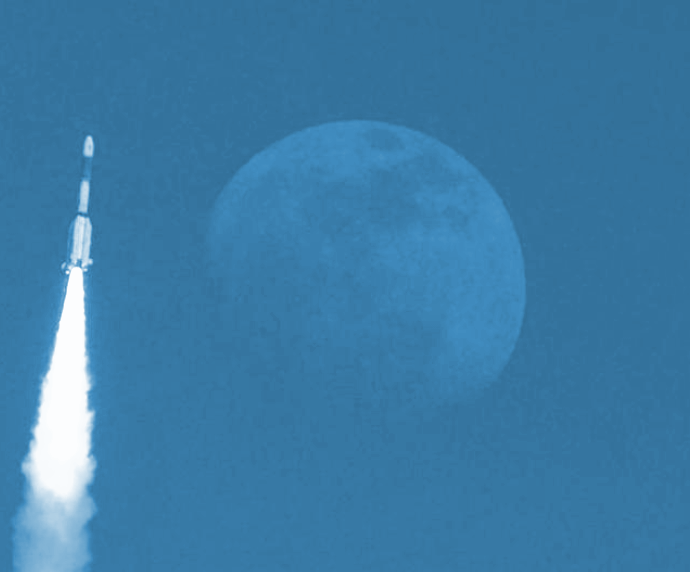ESA seeks lunar time
 Officials want to establish a time zone for the Moon.
Officials want to establish a time zone for the Moon.
A plethora of lunar missions are planned for the coming decade, many of which will come from Europe.
The European Space Agency (ESA) is contributing to the construction of the Gateway lunar station and the Orion spacecraft, as well as developing its large logistic lunar lander, known as Argonaut.
With dozens of missions planned to operate on and around the moon, there is a need for a common timekeeping system.
ESA's Moonlight Navigation Manager, Javier Ventura-Traveset, is coordinating an effort to agree on a common lunar reference time that is internationally accepted and towards which all lunar systems and users may refer to, and which is part of a larger effort to agree a common ‘LunaNet’ architecture.
Each mission to the moon currently operates on its own timescale exported from Earth, but this way of working will not be sustainable in the coming lunar environment, where multiple missions will interact with each other.
ESA's Moonlight program is developing a lunar communications and navigation service, which will need a shared common timescale to get missions linked up and to facilitate position fixes.
The equivalent Lunar Communications Relay and Navigation System sponsored by NASA should also employ the same timescale for maximum interoperability.
The team faces considerable technical issues, including the fact that clocks on the moon run faster than their terrestrial equivalents, gaining around 56 microseconds per day, but this rate depends on their position on the moon, ticking differently on the lunar surface than from orbit.
There is a debate on whether a single organisation should be responsible for setting and maintaining lunar time and whether lunar time should be set independently on the Moon or kept synchronised with Earth.
More details are accessible here.








 Print
Print